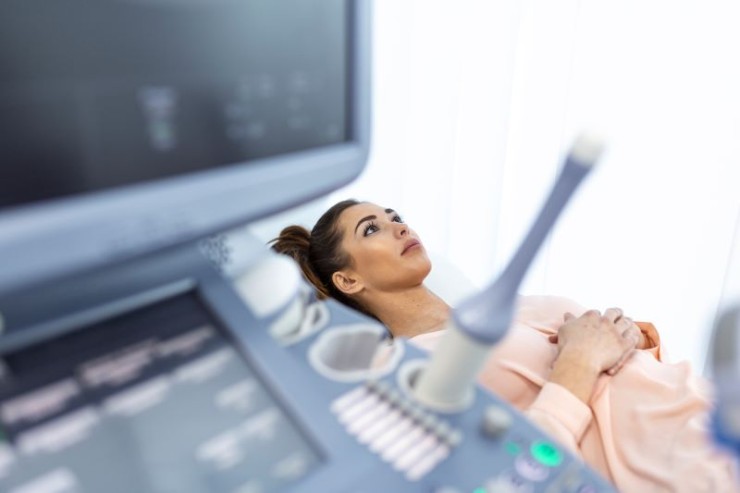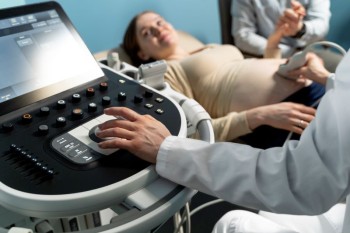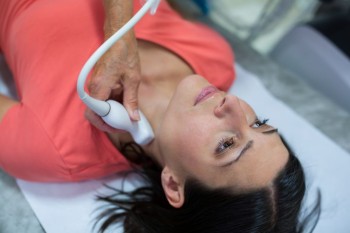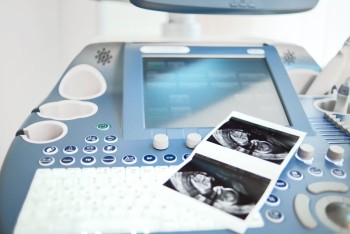
Embarking on the journey of fertility and family planning, the Ultrasound or USG (Ultrasonography) Follicular Study takes center stage as a crucial diagnostic tool.
Ultrasound / USG Follicular Study in India with Cost
Ultrasound or USG
Follicular Study in Detail: Unveiling the Dynamics of Ovulation Monitoring
Embarking on the journey of fertility and family planning, the Ultrasound or USG (Ultrasonography) Follicular Study takes center stage as a crucial diagnostic tool. This comprehensive guide aims to illuminate the significance, procedure, and invaluable insights provided by the USG Follicular Study in understanding and monitoring ovulation.
Introduction
The USG Follicular Study, often referred to as follicle tracking or ovulation monitoring, is a specialized ultrasound examination designed to observe and assess the development of ovarian follicles in the female reproductive system. This article delves into the details of the procedure, emphasizing its importance in fertility assessment.
Understanding USG
Follicular Study
The Follicular Study involves a series of ultrasounds conducted throughout the menstrual cycle to monitor the growth and maturation of ovarian follicles. This aids healthcare providers in determining the optimal time for conception, making it a vital component of fertility evaluations and assisted reproductive techniques.
Importance in Fertility Assessment
The primary significance of the USG Follicular Study lies in its role in assessing the ovarian follicles' development, helping healthcare providers understand the menstrual cycle's dynamics. This, in turn, assists in identifying the most fertile window for conception.
Preparation for the Study
Preparation for a USG Follicular Study is minimal. It is typically conducted as an outpatient procedure, and patients are advised to arrive with a full bladder, as this enhances the clarity of the ultrasound images. Comfortable clothing is recommended to facilitate easy access to the abdominal area.
Procedure: Tracking
Ovulatory Changes
Baseline Scan: Conducted early in the menstrual cycle to
establish the starting point and assess the baseline state of the ovaries.
Monitoring Follicle Growth: Subsequent
scans are performed to track the development and maturation of ovarian
follicles. This includes measuring the size of the follicles and assessing
their response to hormonal changes.
Endometrial Thickness Assessment: The study also
includes evaluating the thickness of the endometrial lining, providing insights
into the uterus's receptivity for embryo implantation.
Predicting Ovulation: As the
follicles approach maturity, the USG Follicular Study aids in predicting the
timing of ovulation, allowing for optimized timing of intercourse or assisted
reproductive procedures.
Assessment Parameters
The USG Follicular Study assesses various parameters, including:
Follicle Size: Monitoring the size of developing
follicles, with a focus on the dominant follicle.
Endometrial Thickness: Evaluating the thickness of the uterine lining, crucial for embryo implantation.
Ovulation Timing: Predicting the optimal time
for ovulation based on follicle maturity.
Benefits of USG
Follicular Study
Precision in Timing: Facilitates precise timing for conception by
identifying the most fertile days.
Fertility Treatment Guidance: Guides fertility treatments such as intrauterine insemination (IUI) or in vitro fertilization (IVF) by optimizing the timing of procedures.
Insights into Ovulatory Health: Provides
insights into the health of the ovaries and the regularity of the menstrual
cycle.
Risks and Considerations
The USG Follicular Study is generally considered safe, with minimal risks. It is a valuable tool in fertility assessments and interventions, contributing to informed decision-making.
Clinical Applications
The USG Follicular Study is instrumental in:
Fertility Investigations: Assessing the
ovarian function and identifying factors affecting fertility.
Optimizing Conception: Facilitating
natural conception or enhancing the success rates of assisted reproductive
technologies.
Expert Perspectives
Reproductive endocrinologists and fertility specialists emphasize the role of the USG Follicular Study in tailoring fertility treatment plans. Their insights contribute to personalized care and support for individuals and couples navigating fertility challenges.
Technological Advancements
Advancements in ultrasound technology enhance the precision and clarity of the USG Follicular Study, allowing for more accurate monitoring and assessment of ovarian follicles.
Patient Experience
The USG Follicular Study is generally well-tolerated by patients, offering valuable information and insights into their fertility journey. The procedure contributes to a comprehensive understanding of reproductive health.
Conclusion
In conclusion, the Ultrasound or USG Follicular Study emerges as a pivotal tool in fertility assessments, providing a window into the dynamics of ovulation. Its role in tracking ovarian follicles, predicting ovulation, and optimizing conception timing makes it an invaluable component of reproductive healthcare.
FAQs for Ultrasound or USG Follicular Study
1. What is the optimal time to schedule a USG Follicular Study during my menstrual cycle?
The baseline scan is typically performed in the early menstrual cycle (around days 2-5), with subsequent scans depending on your cycle length.
2. How does a USG Follicular Study differ from a regular pelvic ultrasound?
While a pelvic ultrasound provides a general view of pelvic organs, the USG Follicular Study specifically focuses on monitoring the growth and development of ovarian follicles.
3. Can I undergo a USG Follicular Study if I have irregular menstrual cycles?
Yes, the study can be adapted to accommodate irregular cycles, and it is often used to investigate the causes of irregularities.
4. Is a USG Follicular Study painful?
No, the procedure is generally painless. The ultrasound probe is applied externally to the abdominal area.
5. How long does a typical USG Follicular Study session last?
Each session may last around 15-30 minutes, depending on the complexity of the study and the number of follicles being monitored.
6. Can I continue with fertility treatments without a USG Follicular Study?
While not mandatory, the study enhances the precision of fertility treatments by identifying the most fertile days and optimizing timing.
7. Is the USG Follicular Study only for individuals undergoing fertility treatments?
No, the study is also used for assessing general reproductive health, understanding menstrual irregularities, and investigating factors affecting fertility.
8. How often are follow-up scans scheduled during a USG Follicular Study?
The frequency of follow-up scans depends on individual circumstances, but they are typically scheduled every few days leading up to ovulation.
9. Can a USG Follicular Study detect conditions affecting male fertility?
No, the study primarily focuses on female reproductive health. Male fertility assessments involve different diagnostic procedures.
10. Does the USG Follicular Study guarantee pregnancy? in short
No, the USG Follicular Study does not guarantee pregnancy. While it enhances the chances of conception by optimizing timing, it is not a guarantee of successful pregnancy.
11. Can a USG Follicular Study detect polycystic ovary syndrome (PCOS)?
Yes, a USG Follicular Study can assist in detecting features associated with polycystic ovary syndrome (PCOS), such as the presence of multiple small follicles on the ovaries.
These FAQs aim to provide additional insights into the USG Follicular Study, addressing common queries individuals may have about the procedure and its implications for fertility assessment.
(0)
Login to continue



